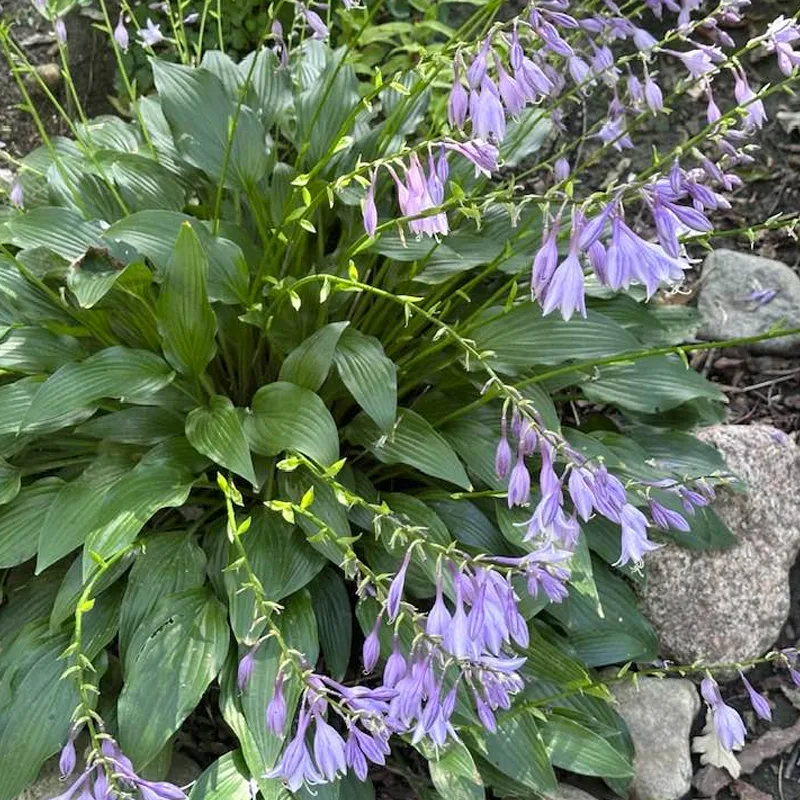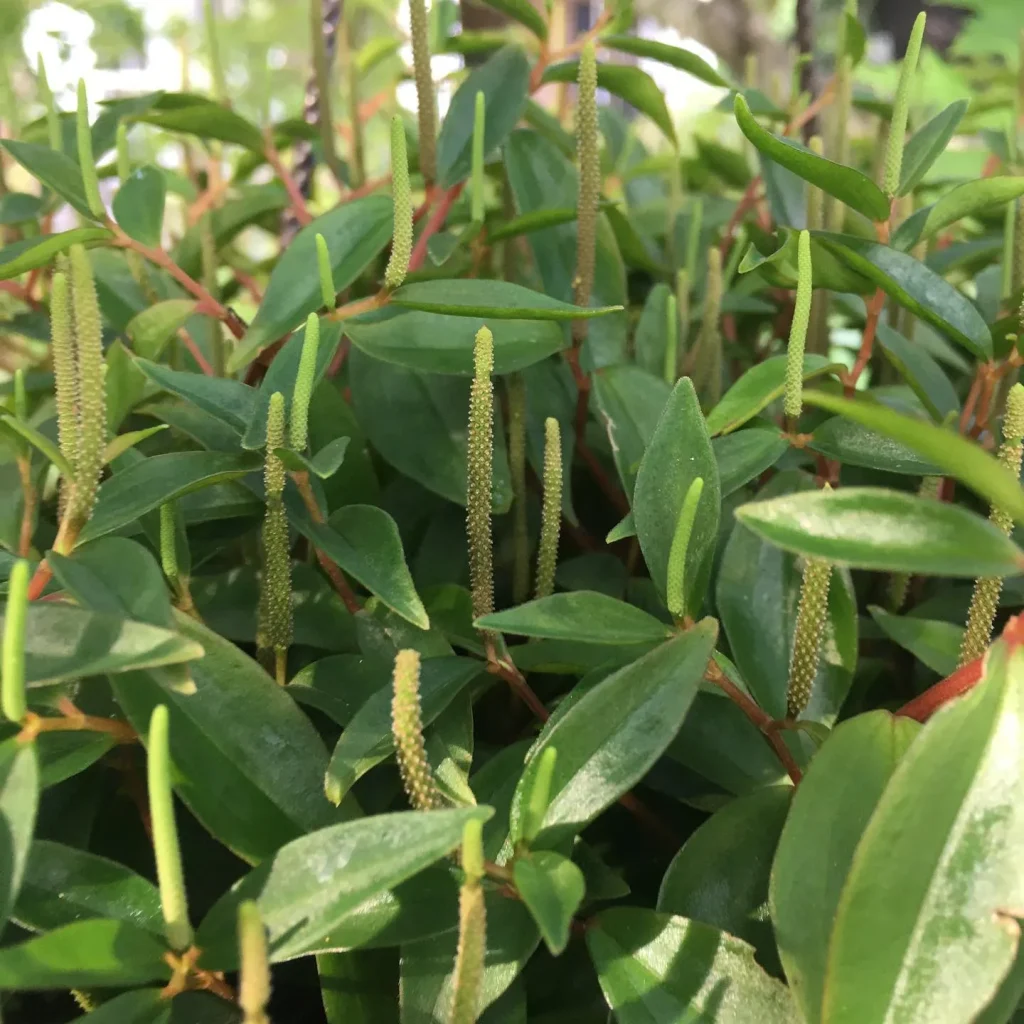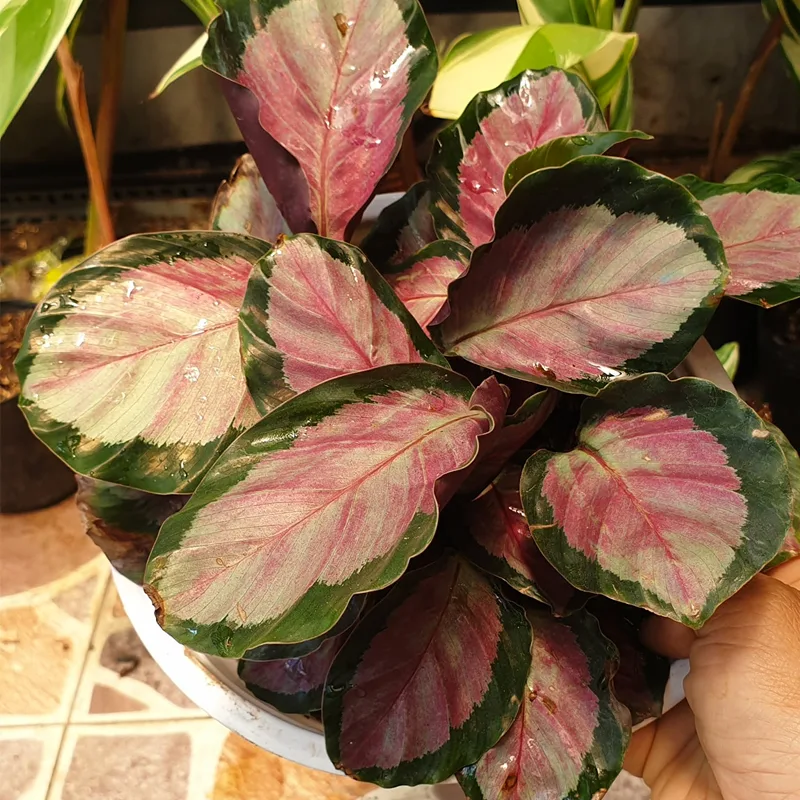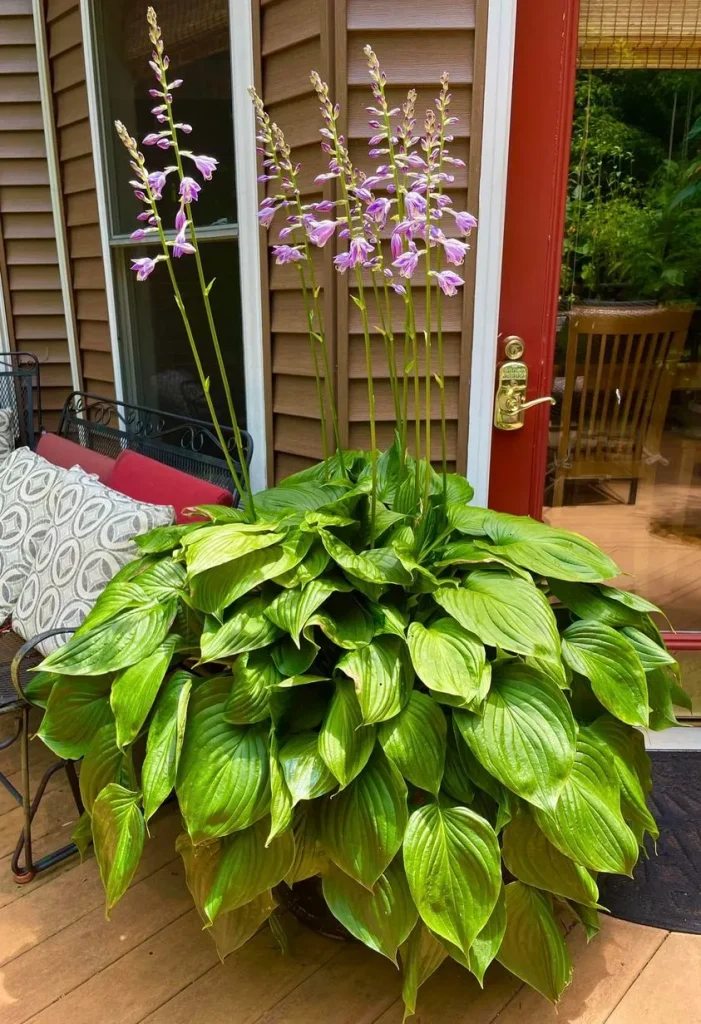Exploring the Gerrardinaceae Family: A Journey with Gerrardina
As a plant enthusiast, I find great joy in discovering lesser-known families and genera in the botanical world. One such family that has captured my attention is Gerrardinaceae. This family is quite intriguing, especially its sole genus, Gerrardina. In this article, I will share my exploration of this family, its characteristics, and its significance in our ecosystems.
What is Gerrardinaceae?
The Gerrardinaceae family is a relatively obscure group of flowering plants belonging to the order Malpighiales. Its most notable member, Gerrardina, is known for its unique adaptations and ecological roles. While not widely recognized, the Gerrardinaceae family offers a glimpse into the diversity and complexity of plant life on our planet.
The Genus Gerrardina
Gerrardina is a genus that thrives in tropical regions, often found in wet forest habitats. This genus comprises various species, each with distinctive features. While I have yet to encounter all species firsthand, my research has highlighted several key traits.
Morphological Characteristics
Plants in the Gerrardina genus are typically characterized by their herbaceous or shrubby forms. They often exhibit lush green foliage, which plays a crucial role in photosynthesis. One of the standout features of Gerrardina is its leaves, which can be simple or compound, depending on the species. The leaf arrangement is usually alternate, contributing to their aesthetic appeal in natural settings.
Additionally, Gerrardina plants produce small, inconspicuous flowers that are often overlooked. These flowers are crucial for reproduction, attracting various pollinators. The fruit, typically a capsule, contains seeds that are dispersed by wind or water, ensuring the survival of the species in their natural habitats.
Ecological Importance
The ecological significance of Gerrardina cannot be understated. These plants contribute to their ecosystems in several ways. Firstly, they provide food and habitat for various organisms, from insects to larger animals. The dense foliage offers shelter, while the flowers attract pollinators like bees and butterflies, which are essential for maintaining biodiversity.
Moreover, Gerrardina plays a vital role in soil conservation. The root systems of these plants help prevent soil erosion, particularly in regions prone to heavy rainfall. This aspect is particularly relevant in today’s context, where environmental conservation is critical.
Cultivation and Care
While Gerrardina is not commonly found in gardens, cultivating it can be a rewarding experience. I believe that understanding its growing conditions is essential for anyone interested in adding this unique genus to their collection.
Growing Conditions
Gerrardina thrives in tropical climates, preferring well-draining soil and ample moisture. When I consider adding such plants to my collection, I ensure they receive partial shade, mimicking their natural habitat. Regular watering is crucial, especially during dry spells, as these plants do not tolerate drought well.
Propagation
Propagating Gerrardina can be done through seeds or cuttings. I have found that taking cuttings during the growing season yields the best results. It’s essential to provide a humid environment for cuttings to encourage root development. Once established, these plants can grow relatively quickly, offering a lush addition to any garden.
Conservation Status
As I dive deeper into my research, I realize that understanding the conservation status of Gerrardina is vital. Many species within the Gerrardinaceae family face threats due to habitat loss and climate change. While I am passionate about preserving these plants, I also believe it’s essential for the broader community to recognize their importance.
Efforts to Protect Gerrardinaceae
Conservation efforts aimed at protecting Gerrardina and its habitat are crucial. Initiatives that promote sustainable land use and the establishment of protected areas can significantly impact the survival of these plants. Additionally, raising awareness about the importance of biodiversity can inspire others to appreciate and protect these unique species.
Conclusion
In conclusion, my journey into the world of Gerrardinaceae, particularly the genus Gerrardina, has opened my eyes to the richness of plant diversity. From their ecological importance to the challenges they face, there’s much to learn and appreciate about these remarkable plants. As a plant lover, I encourage others to explore lesser-known families like Gerrardinaceae. In doing so, we can foster a greater appreciation for the intricate web of life that surrounds us and advocate for its preservation.
If i die, water my plants!



